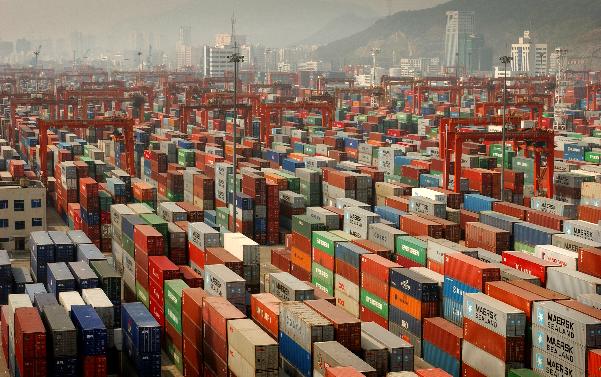Under the FTA major protected industry include textiles and clothing, iron and steel, auto, electrical equipment, agriculture, chemicals, plastics, rubber, paper and paper board, ceramics, glass and glassware, surgical instruments, footwear, leather, wood, articles of stones and plaster and miscellaneous goods, or as the report highlights it to be Pakistan’s entire industry.
In Phase I of the CPFTA, 60 per cent of imports from China were given substantial concessions however with this new phase in motion Pakistan will liberalise another 7 per cent in the next 15 years as most of the concessions have been placed under a 15-year track. The 7 per cent will constitute of raw materials, machinery and intermediate items which are aimed at helping the domestic industry become more competitive and cost-effective.
Currently, under the 313 tariff Pakistan’s exports only account for 2 per cent of China’s total imports however with the new concessions Pakistan is likely to increase its market share to over 10 per cent to a tune of $6.5 billion per annum.
With this new FTA in motion, around 95 per cent of tariff lines will actively become a part of the CPFTA framework and will, therefore, enable Electronic Data Exchange on these tariff lines which also constitute 95 per cent of the imports from China.




